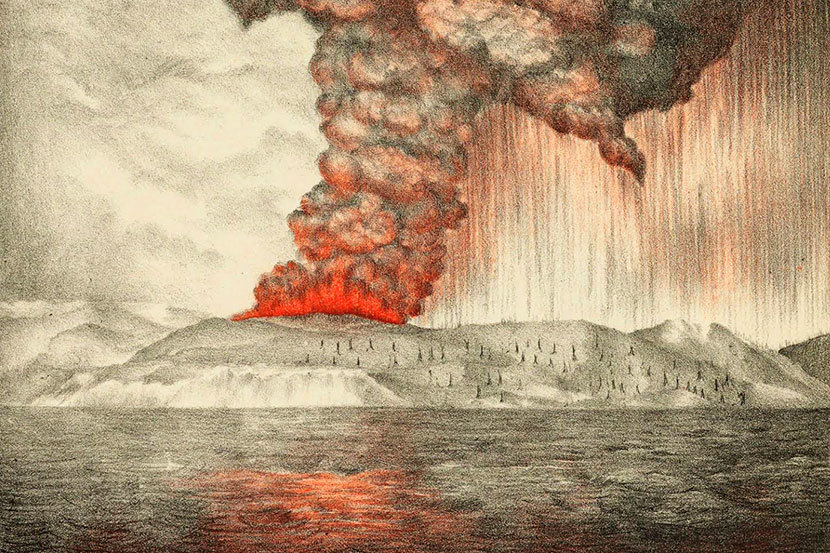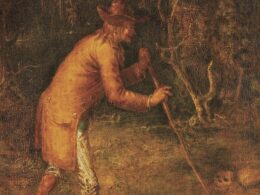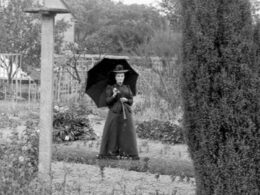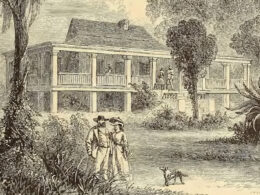Edward O. Wilson (b. 1929)
From Edward O. Wilson: Biophilia, The Diversity of Life, Naturalist

E. O. Wilson turns 92 today, Thursday, June 10.
In 1936 seven-year-old Edward Wilson was sent by his parents to live with a family in Paradise Beach, Florida, for the summer. He went fishing one day “jerking pinfish out of the water as soon as they struck the bait,” he recalls. “I carelessly yanked too hard when one of the fish pulled on my line. It flew out of the water and into my face. One of its spines pierced the pupil of my right eye.” Left untreated, his eye developed a traumatic cataract months later and he underwent surgery at Pensacola Hospital, partially losing his sight. “I was left with full sight in the left eye only. Fortunately, that vision proved to be more acute at close range than average—20/10 on the ophthalmologist’s chart—and has remained so all my life.”
By the time he was in high school, he had decided to become a biologist. But then he lost most of his hearing in the upper registers from a cause that was never determined. “So when I set out later as a teenager with Roger Tory Peterson’s Field Guide to the Birds and binoculars in hand, as all true naturalists in America must at one time or other, I proved to be a wretched birdwatcher. I couldn’t hear birds; I couldn’t locate them unless they obligingly fluttered past in clear view; even one bird singing in a tree close by was invisible unless someone pointed a finger straight at it. The same was true of frogs.”
These two childhood events shaped his fate: “I am blind in one eye and cannot hear high-frequency sounds; therefore I am an entomologist.” More specifically, he became a myrmecologist (a scientist who studies ants), not to mention one of the best-selling and most popular science writers of recent decades.
Later in life, the island of Krakatau played a pivotal role in his groundbreaking research. In a fascinating essay from his book The Diversity of Life (included in the first Library of America volume of his collected writings), Wilson presents a history of the 1883 eruption of the island and of the reappearance of life on its remnants, and we have featured the selection as our Story of the Week.



